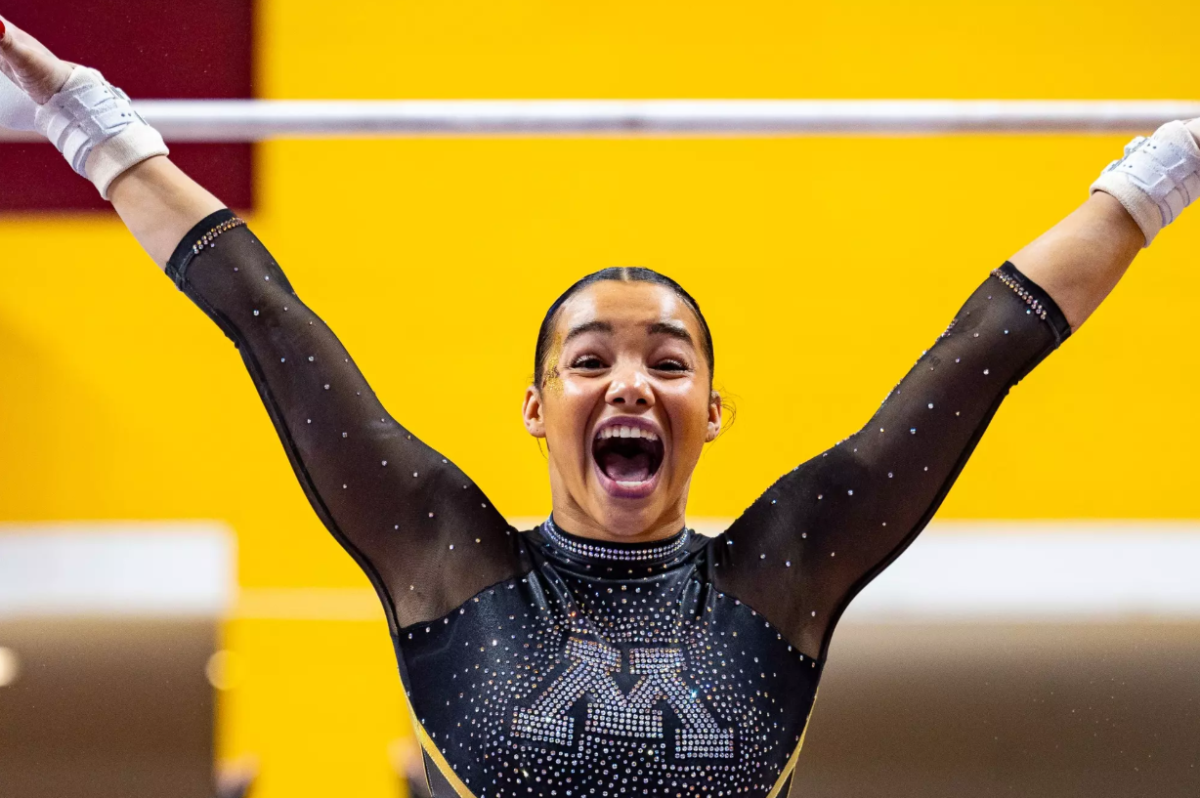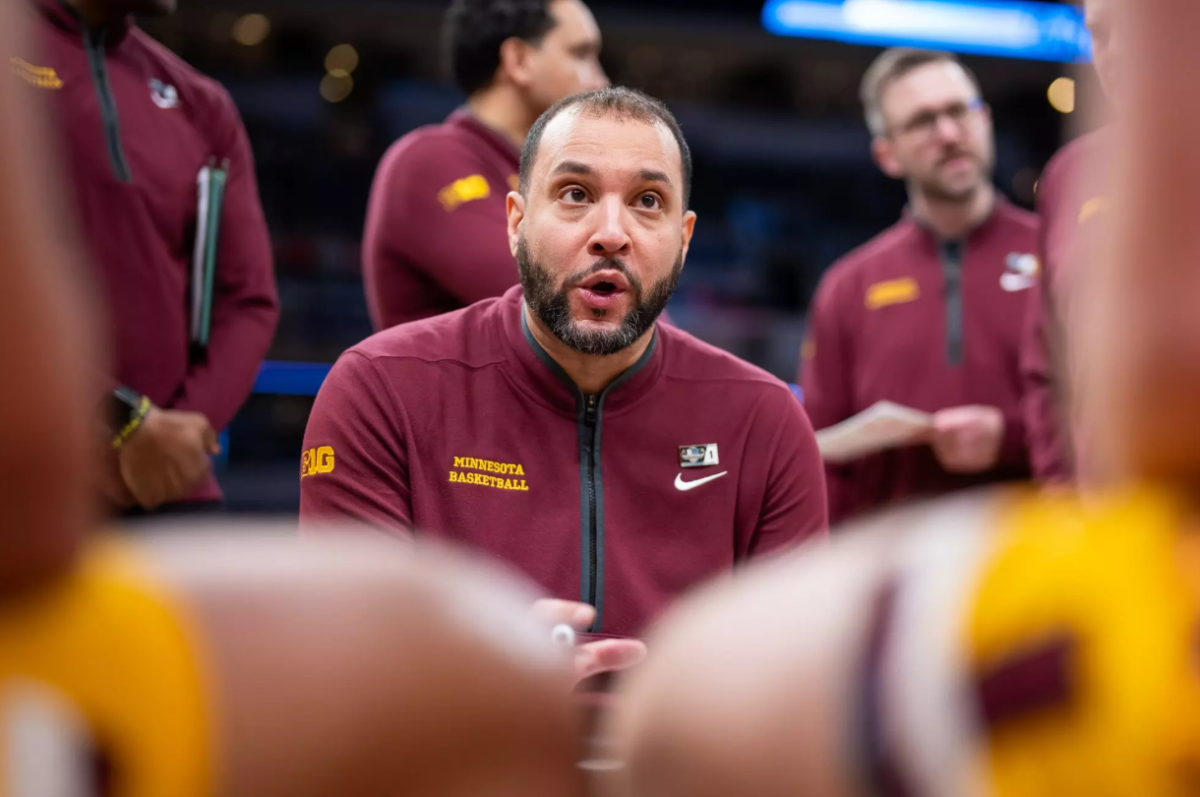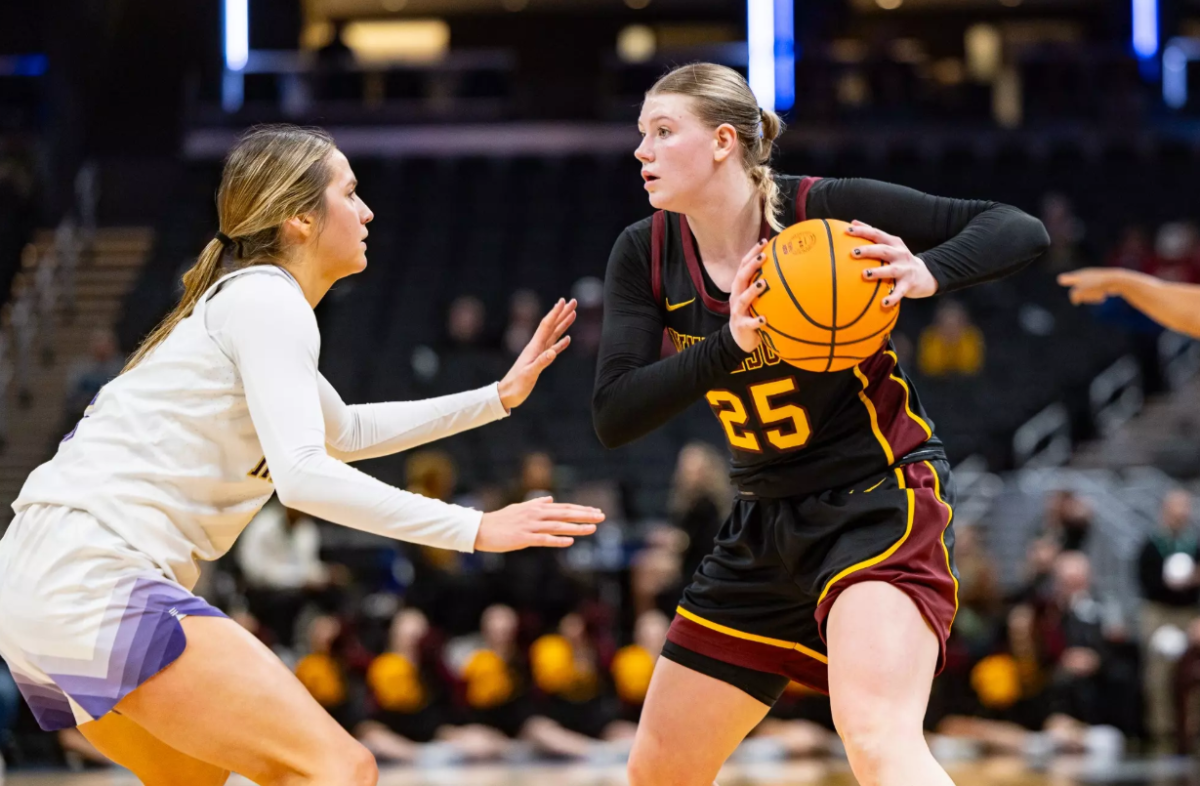The last time a true freshman started consistently for Minnesota’s baseball team was five years ago, when Cottage Grove, Minn., native Luke Appert stepped in as designated hitter and showed the upperclassmen up, leading the team with a .346 average.
But Gophers coach John Anderson said he would much rather redshirt his young recruits from the Midwest because it’s more difficult for someone not coming in with the experience and background that freshmen from the South have.
And it’s especially hard for somebody playing a position on defense – a task Appert took on sparingly during his first year.
Forget all that. True freshman Sean Kommerstad is starting in right field because of his glove. His offensive prowess, though, is hardly coming along at an Appert-like pace.
Heading into today’s game against North Dakota State at 3 p.m. at Siebert Field, the Minnetonka, Minn., native has started 24 of 32 games for the Gophers (18-14, 7-5 Big Ten) despite hitting at a .167 clip with just six RBIs and 23 strikeouts.
So why all the confidence?
“I’ve asked myself the same questions,” Anderson said. “How long do you keep putting him out there? And do you go with other options?”
But time and time again, Kommerstad’s glove makes him the obvious choice in right field. Anderson said he isn’t comfortable starting anyone else out there when pitching staff aces Glen Perkins and Craig Molldrem are pitching.
He’s tried different things. Catcher Gary Dick couldn’t cut it defensively in the outfield. First baseman Mike Mee wasn’t quite fast enough.
Redshirt freshman John Arlt’s conversion from catcher to right field is more promising, and he’s started the eight games Kommerstad has not. But Arlt is still new to the position, and his .875 fielding percentage is the worst on the team among players who have played at least half the games.
So Anderson goes with his best available defensive right fielder, who has more strikeouts than total bases (16) right now.
“There are definitely some growing pains jumping from high school to Division I,” Kommerstad said. “But it’s all about trying to build confidence every at-bat and going out there and being relaxed.”
This type of patience and attitude has been encouraging to Anderson.
“I’ve been very impressed with his makeup and the way he’s handled it,” Anderson said. “He hasn’t taken his offense to his defense. If he
hasn’t had the at-bat he’d like to have, he’s come to the dugout, gotten his glove and gone back out there.”
Center fielder Sam Steidl had the luxury of a redshirt year before leading the team with a .401 average in 2001. He said he came back the next year and went through some of the same things Kommerstad is experiencing as far as hitting slumps.
Steidl batted almost 90 points lower his sophomore year, but still finished the season hitting .312 with a .403 on-base percentage and a postseason third-team All-Big Ten selection.
He said slumps are part of the game and Kommerstad has shown the ability to turn things around.
“He can hit the ball to all parts of the field with power,” Steidl said. “He just needs to recognize different pitches and adjust to them – that and putting more balls in play.”
Anderson has recognized some progress, too. He calls them “baby steps.” Kommerstad’s coach was more concerned about the mental aspect of being thrust into the next level of play from the start of a young player’s career.
But the right fielder’s ability to deal with the situation and appreciate the opportunity has reassured Anderson.
And Kommerstad’s three-for-four performance in Sunday’s 4-3 loss to Penn State was comforting for everyone.
“I just had to go up to the plate and keep it simple and not think too much,” Kommerstad said. “Early on, I was going to the plate thinking a thousand different things. On Sunday, I went up there with a simple mindset, just trying to hit the ball hard.”







